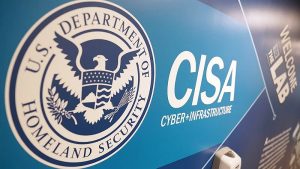Connecticut Gov. Ned Lamont confirmed that the U.S. Treasury Department has approved his administration’s plan to invest $70.9 million in Federal grant funding to upgrade network and cybersecurity infrastructure in the Connecticut Education Network (CEN), connect up to 170 community anchor organizations to CEN, and expand public Wi-Fi service.
New Jersey Gov. Phil Murphy has signed legislation launching a new online portal – the Reproductive Health Information Hub – which is accessible at nj.gov/reproductivehealth.
The evolving cyber threat landscape makes it clear that organizations in the public and private sectors must be prepared to maintain operations and address new cyber threats and challenges as they arise – including schools that have unique security needs and considerations that require specific cybersecurity resources.
The Federal Communications Commission (FCC) announced $5 million in additional funding for the Emergency Connectivity Program (ECP), which provides digital tools and services to support students across the country.
As part of its broader migration to the cloud, University of Tennessee (UT) System is rolling out Oracle Fusion Cloud Student as its new student information system.
Baltimore City is distributing 3,000 free Chromebooks to eligible low-income Baltimore City households.
The Federal Communications Commission (FCC) has authorized 368 companies to receive a total of $18 billion in Federal funding to expand rural broadband access.
When I was appointed Massachusetts’ first CIO by Governor Bill Weld back in the early 1990s, coming directly from the private sector, few if any state IT leaders had similar backgrounds. Since that time, however, we see governors – especially newly elected ones – opting for the Weld paradigm, finding their CIO from outside the state workforce.
The U.S. Department of Labor (DoL) has awarded the Illinois Department of Employment Security (IDES) a hefty $11.25 million grant to continue to develop and modernize its unemployment insurance (UI) systems.
With the 2024 presidential election quickly approaching, local election officials on Wednesday called on Congress for increased cybersecurity funding to update outdated IT infrastructure and help protect democracy.













